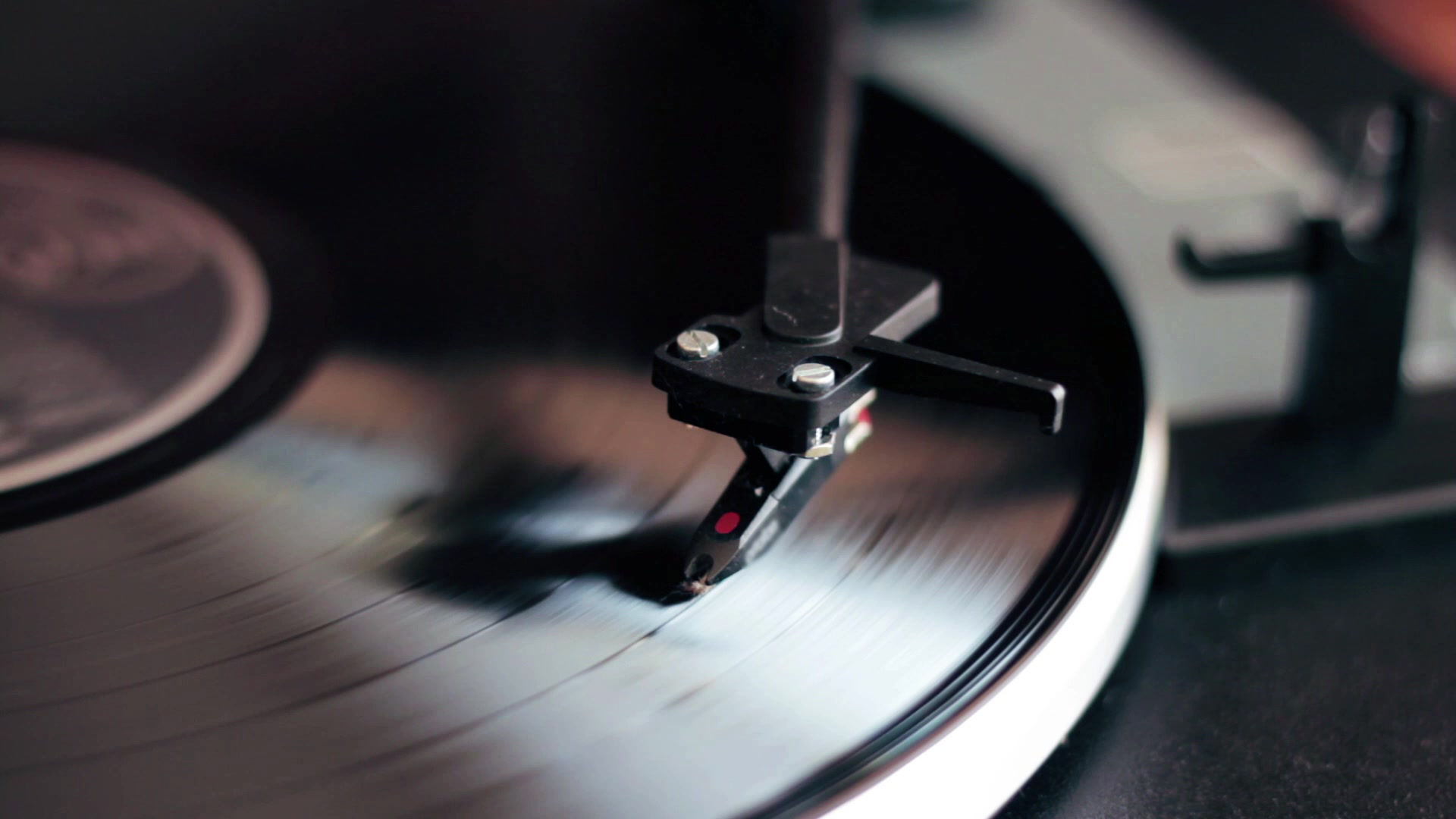Hip hop emerged in the USA in the Bronx; a borough of New York City before it spread to other boroughs in New York and then to other cities and states. The Hip hop culture in later years and decades has expanded to new countries and continents to be in 2019 the most famous music genre in the world.

Early hip-hop music began in the 1970s in the New York City borough of the Bronx. It formed as cooperation among crossing groups of Black, Latinx, and Caribbean American youth at block parties—community groups that featured DJs playing soul and funk music.
Hip hop wasn’t directed only to one ethnic group or one gender, It gathered people from different backgrounds, ages, and countries which will lead by the time to build a culture, the hip hop culture.
As a culture, hip-hop is created on four prominent pillars: DJing, rapping (also called MCing), breakdancing usually called breaking or b-boying, and graffiti. But other ''stones'' of the culture are not formally recognized as pillars, but they’re important for it such as hip-hop fashion or clothing.

Hip-hop fashion slowly evolved in the 1980s as the hip-hop community started getting influenced by traditional African-American dressing. Brilliant colors, big pants, and headwear were the elements, which inspired the style of dressing in the early 1990s.
During the 1980s while people around the world started considering hip-hop as a music genre worth paying attention to, hip-hop icons wore brightly colored name-brand tracksuits, sheepskin and leather bomber jackets, backpiece jackets, Clarks shoes, Britishers or British walkers as many like to call them and sneakers.

The hip-hop culture didn’t endure any style of accessories, accessories in the 80s like eyeglasses (Cazals), Kangol bucket hats, nameplates, name belts, multiple rings, and heavy gold jewelry were accepted and seen as standards to classify who’s really into the culture and who’s just parasitical.
Men's jewelry concentrated on heavy gold chains and women's on large gold earrings. Heavy jewelry was a demonstration of prestige and wealth, and some connected the style to Africanism, MC Schoolly D for example once said that wearing such heavy jewelry wasn’t American but African.
MCs such as Kurtis Blow and Big Daddy Kane assisted popularize gold necklaces and jewelry, and female artists such as Roxanne Shanté and the group Salt-N-Pepa supported popularizing large gold door-knocker earrings.
The 90s are seen as the golden era of hip-hop fashion. Current trends across the world are largely built on the legacy of ‘90s street – hip-hop fashion. Kangol Caps, Timberland Boots, Oversized White T-Shirts, Dungarees, Big, Bold Patterns, Starter Jackets & Caps, FUBU, Paisley & Bandana Prints, Bucket Hats, Wu-Wear, Puffy Jackets, Clarks Wallabees, and Avirex Jackets marked the hip hop fashion forever.

The outfit was a sign of prestige, wealth, and exclusivity. What you are wearing is a manifestation of who you are. Since hip hop is an open battle, Mcees, DJs, and everyone who’s engaged were in a battle to wear the most harmonic and unique outfit. This will lead to consistent contributions to the hip-hop apparel industry. Which gave the world of fashion a lot of varieties of clothes and accessories that will remain for a long time.



Comments